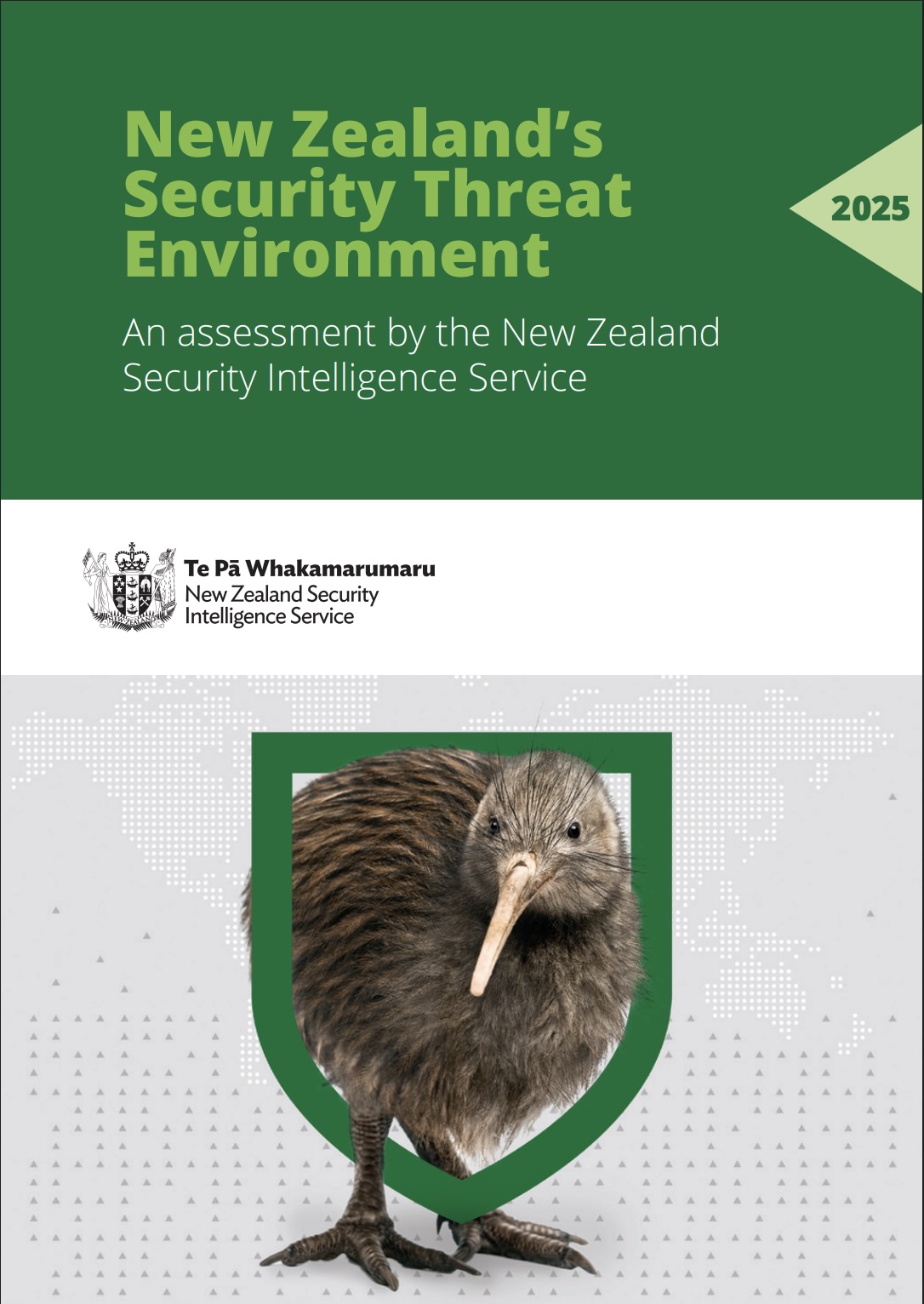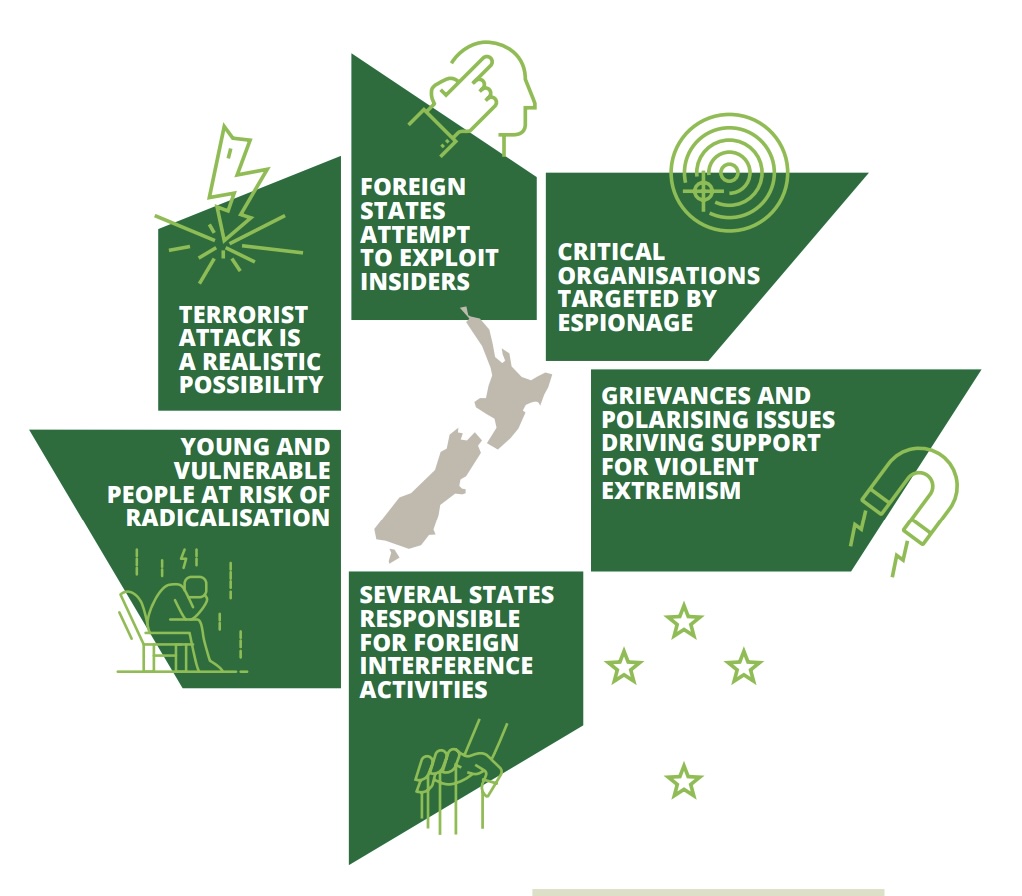New Zealand Faces Most Challenging Security Environment in Recent History
The New Zealand Security Intelligence Service (NZSIS) has released its 2025 Threat Environment Report, revealing that the country is confronting its most complex national security landscape in decades.
Despite our geographic isolation in the South Pacific, New Zealand remains firmly in the crosshairs of sophisticated international threats.
See Nextro’s summary of the report below.

Six Critical Security Assessments for 2025
The NZSIS makes six key assessments about New Zealand’s
threat environment in 2025:
- Lone actor terrorist attacks – The most plausible violent extremist attack scenario remains a lone actor who has radicalised online and prepares for violence without intelligence forewarning, likely using easily accessible weapons
- Online-driven extremist support – Grievances and polarising issues in online spaces are almost certainly driving support for a range of violent extremist ideologies, with no single ideology presenting a greater threat
- Youth radicalisation risk – Young and vulnerable people are particularly at risk of radicalisation, especially while online
- Active foreign interference – Multiple states are conducting foreign interference activities, including transnational repression targeting diaspora communities
- Undetected espionage – It is almost certain there is undetected espionage activity harming New Zealand’s national interests, with foreign states continuing to target critical organisations, infrastructure and technology
- Insider exploitation – Some foreign states have attempted to exploit people inside public and private sector organisations through deceptive, corruptive, or coercive means
The Threat Landscape
The report reveals that a terrorist attack remains a “realistic possibility,” with young and vulnerable New Zealanders particularly at risk of online radicalisation. Foreign interference activities continue across multiple fronts, with several states actively targeting New Zealand. The People’s Republic of China remains the most active, though it’s not the only concern. These activities include transnational repression targeting diaspora communities, particularly those from certain religions, ethnicities, Rainbow communities, and pro-democracy movements.
The Global Context
Three global themes are driving these security challenges: strategic competition between major powers (particularly involving the US, China, and Russia), increasingly polarised and violent online rhetoric, and rapid technological advancement that’s both creating opportunities and vulnerabilities.
The report emphasises that while New Zealand may seem distant from global security hotspots, our economic connectedness, diverse society, and strategic location in an increasingly contested Indo-Pacific region make us a target for states seeking power and influence.

Looking Forward
The NZSIS stresses that while threats cannot always be eliminated, risks can be managed through awareness and robust security practices. The agency continues to call for public vigilance, encouraging New Zealanders to report concerning behaviour through their online portal at nzsis.govt.nz.
As global instability continues and shared international values degrade, the report makes clear that foreign interference and espionage activities are likely to intensify. For a nation that has long prided itself on being safely removed from international conflicts, this assessment serves as a sobering reminder that in our interconnected world, no country is truly isolated from global security challenges.
The full report provides detailed protective security advice for organisations and communities, emphasising that national security is increasingly everyone’s responsibility in this challenging new environment.
Whether you manage a crowded place, critical infrastructure, large retail, hospitality or logistics environment, contact Nextro today to discuss your protective security requirements.
Download a full copy of the report below.
